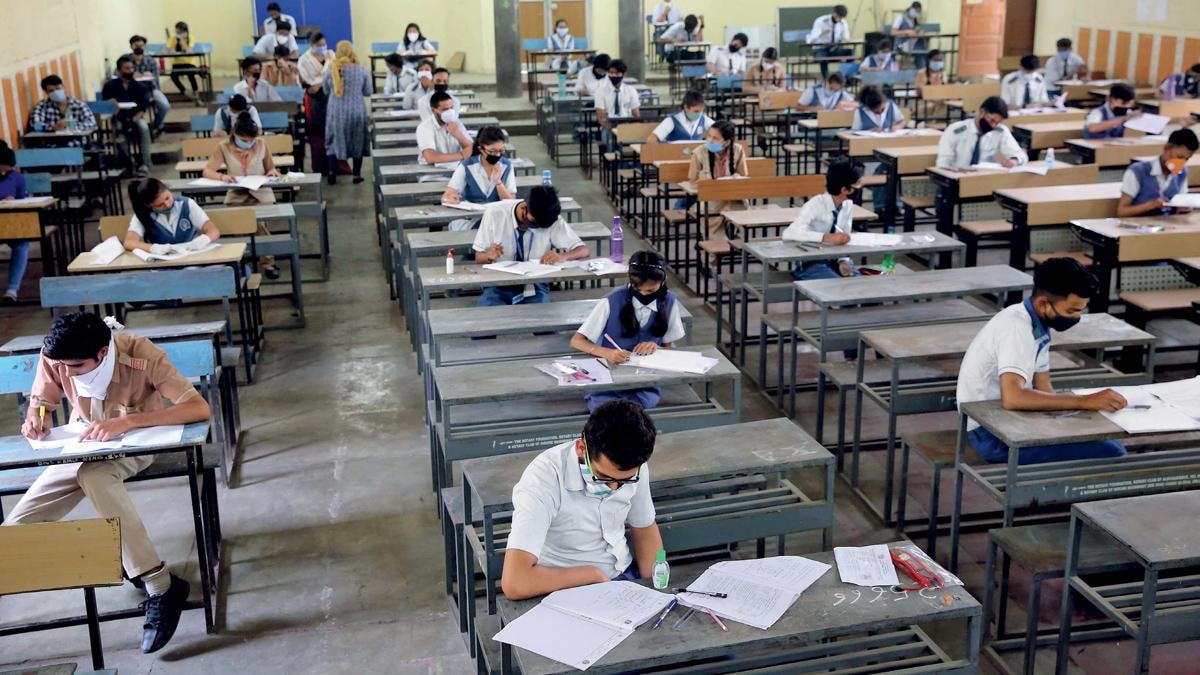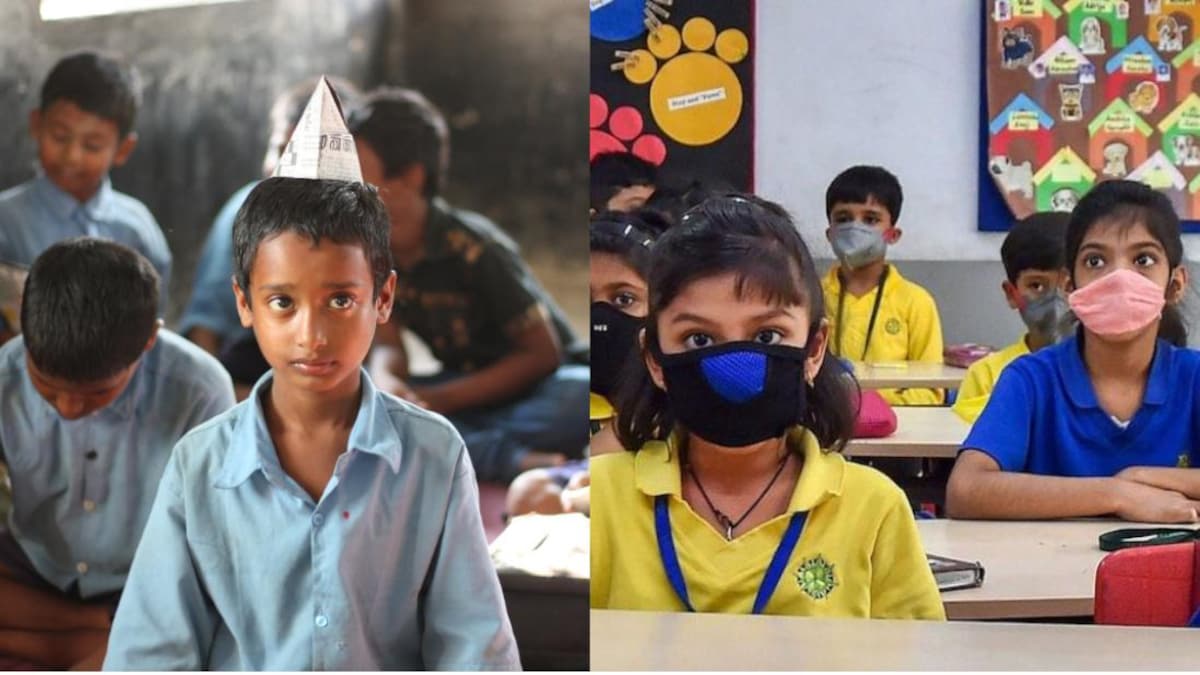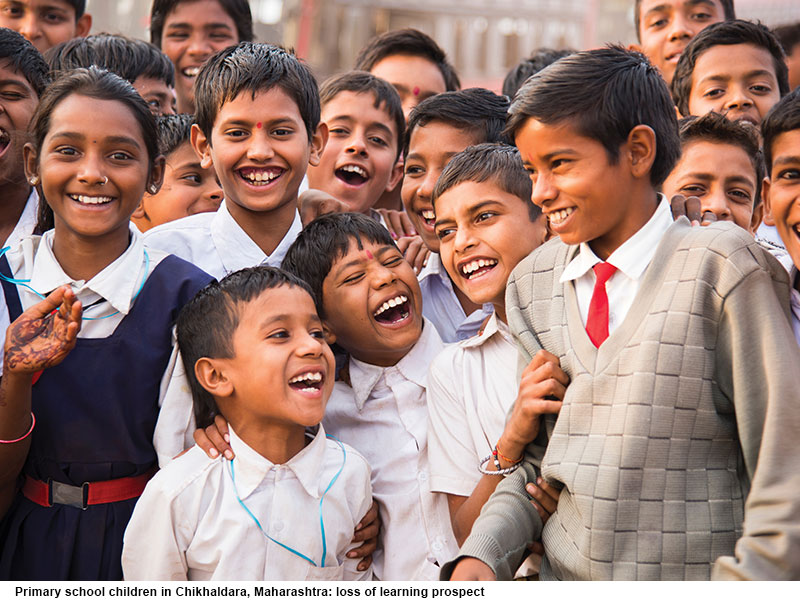[ad_1]
The covid-19 pandemic has affected the entire world very drastically. It created havoc all around the world. It seemed like a reality check for the entire world and all the policies and infrastructures one believes to have in their countries.
From medical facilities to the education system, everything was devastated and we are still not sure how long it will take to mend the system. The lack of good governance created a lot of fear and discomfort when a huge population started to feel the effect of a deadly virus on their doorsteps. This pandemic has shaken the countries in both economic and non-economic ways.

Talking about the spheres which have faced tremendous loss, the education system in India holds the topmost position. The pandemic has seriously made a huge effect on the education system and we still have a lot to think about to come out of the dark sphere.
The shift from classroom education to computer screens wasn’t easy and we are still learning.
The school and colleges have been closed since the year 2020 and we are about to be stepping into the year 2022. It is difficult to reimagine how we are going to fill this gap and in how much time. All this has highlighted some major loopholes and vulnerabilities in the education system.

The digitalization of new learning ways and the education system seems to be for the good economical section of the society with all the resources to walk parallel with the digitally influenced education system. This digitalization has terrifically affected the students with no or fewer resources. Students very much seem to be struggling to attend classes because of no access to smartphones or internet connections. This also affected the education of students in remote areas.
This wasn’t just new for the students but also teachers who for the longest time knew to use blackboard and chalk to teach in a classroom. It took a lot of time to learn to adapt this technology to provide quality education on screen in the current situation.
According to a survey, 1 in 5 children in our sample was enrolled in schools that do not offer any remote instruction during the school closures, and even among the children whose schools had begun remote instruction, only slightly more than half attended all the classes.

It was observed during the pandemic-related school closures that students with high socioeconomic status with access to gadgets found it easier to inculcate the new system in their educational routine than those in government schools with fewer resources.
This also threw light on educational inequality in an aspect of gender, the area where the student is coming from, and the background of students.
We need to understand the pace at which we are learning the technology and to use artificial intelligence to bring quality education to all irrespective of class, race, gender of the students. 247 million primary and secondary school students are out of school right now. It is evident how drastically covid-19 has affected the education system. The government needs to acknowledge this issue and come up with solutions to fill the void.
Education is the most important thing for human survival and it should not be a privilege for anyone.
Also Read: “The Largest Education Hub In India” – The Second Angle
[ad_2]






